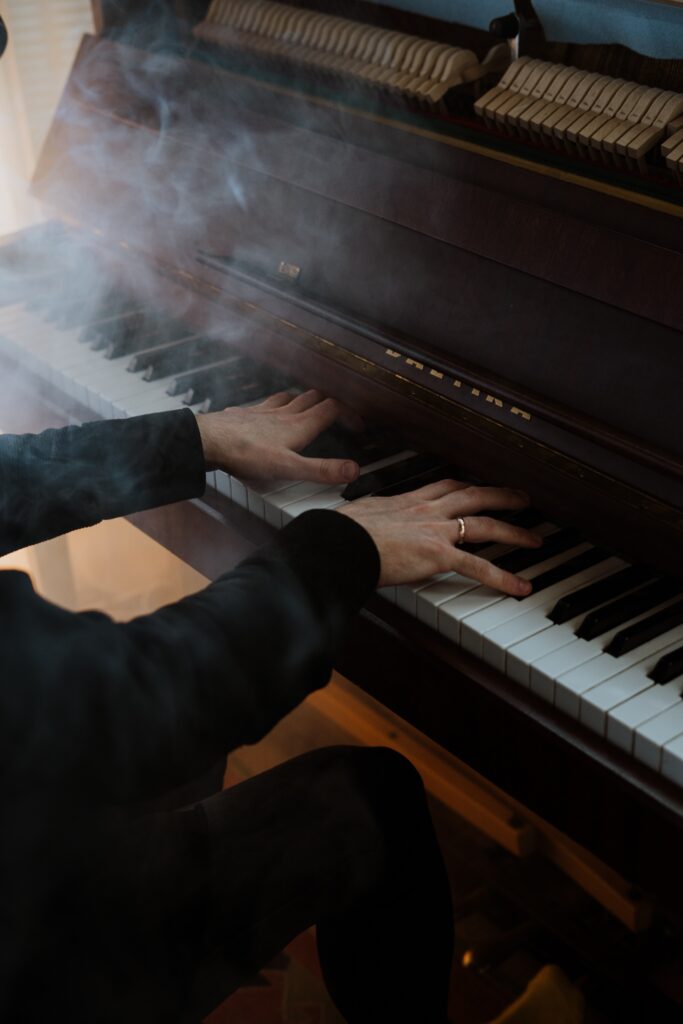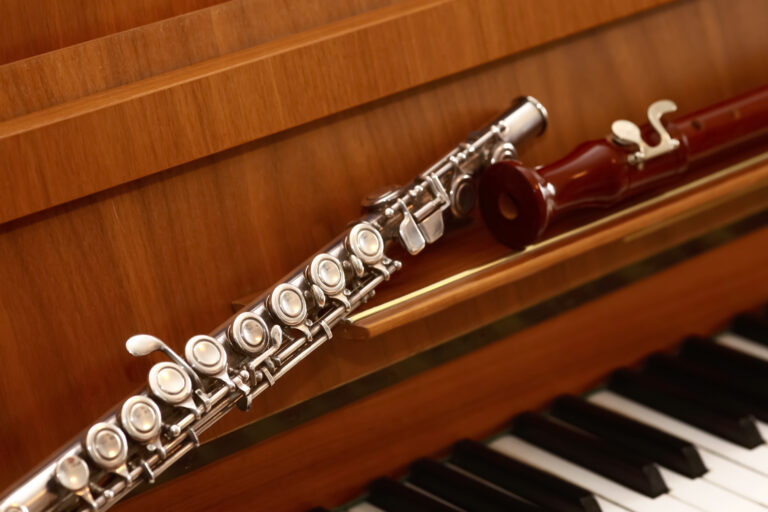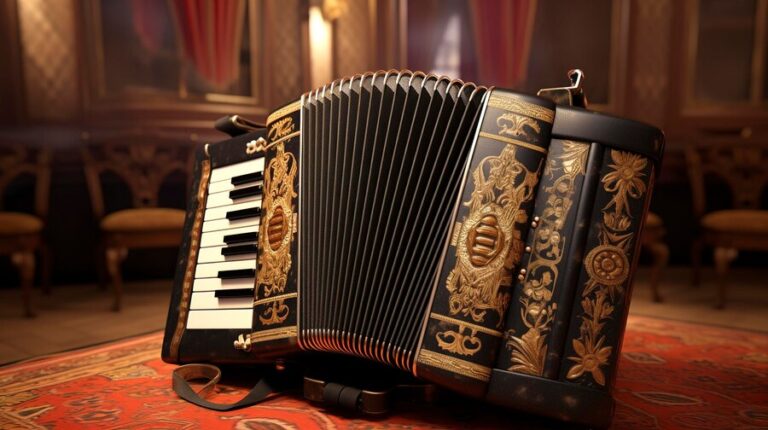Piano or Saxophone: Which is the Better Choice for You?
Have you ever been torn between the allure of the piano’s rich, melodic sound and the sultry, soulful tones of the saxophone? Both instruments have captured the hearts of music lovers for centuries, each with its own unique characteristics and style. But what sets these two popular instruments apart?
While the piano and saxophone may seem similar at first glance, they differ in many ways – from their construction to their playing techniques. The piano is a keyboard instrument that produces sound by striking strings with hammers, while the saxophone is a wind instrument that requires breath control and embouchure to produce its distinct sound.
Despite their differences, both instruments have left their mark on various music genres, from classical to jazz to pop. Learning to play either instrument can be a rewarding but challenging experience, requiring different skills and knowledge.
So, if you’re considering taking up the piano or saxophone, it’s important to understand the unique qualities and challenges of each instrument. In this article, we’ll explore the differences between piano and saxophone, from their histories to their playing techniques. By the end, you’ll have a better understanding of which instrument might be right for you.
Key Takeaways
- The piano and saxophone are two popular musical instruments that differ in construction, mechanics, and playing techniques.
- Both instruments have played important roles in various music genres, from classical to jazz to pop.
- Learning to play either instrument can be challenging, with the choice between piano and saxophone ultimately coming down to personal preference and the type of music one wishes to play.
Historical Background
Piano History
The piano is a musical instrument that has been around for centuries. Its invention is attributed to Bartolomeo Cristofori, an Italian maker of musical instruments, who created the first piano around the year 1700. The piano quickly became popular and has since become one of the most widely played instruments in the world.
Over the years, the piano has undergone many changes, including the addition of new features such as pedals, which allow players to sustain notes and change the tone of the instrument. The piano has also been made in different sizes and styles, from the grand piano to the upright piano.
Saxophone History
The saxophone is a relatively new instrument, invented in the early 1840s by Adolphe Sax, a Belgian instrument maker. The saxophone is a woodwind instrument that is made of brass, and it has a unique sound that has made it popular in many different genres of music, including jazz, classical, and rock.
The saxophone has gone through many changes over the years, including the addition of new keys and the development of different sizes and styles. Today, the saxophone is available in a range of keys, from the alto saxophone to the baritone saxophone.
Overall, both the piano and the saxophone have rich histories and have played an important role in the development of music. While the piano has been around for much longer, the saxophone has made a significant impact in a relatively short amount of time.
Construction and Mechanics
Piano Construction
The piano is a complex instrument that consists of many parts, all working together to produce sound. The main components of a piano are the strings, soundboard, keys, hammers, and pedals. The strings are stretched across the soundboard and are responsible for producing the sound. The keys are connected to the hammers, which strike the strings when the keys are pressed. The pedals control various aspects of the sound, such as sustain and softness.
The construction of a piano is typically made of wood, with the soundboard being the largest and most important piece. The soundboard is made of spruce and is responsible for amplifying the sound produced by the strings. The hammers are made of felt and are designed to strike the strings with the right amount of force to produce the desired tone.
Saxophone Construction
The saxophone is a wind instrument that is made of brass and has a unique shape that sets it apart from other instruments. The main components of a saxophone are the body, neck, mouthpiece, and reed. The body of the saxophone is made of brass and is curved to allow the player to reach all of the keys. The neck is attached to the body and is responsible for producing the sound.
The mouthpiece is made of hard rubber or metal and is where the reed is attached. The reed is a thin piece of wood that vibrates when air is blown through it, producing the sound. The keys on a saxophone are operated by the player’s fingers and are responsible for changing the pitch of the notes produced.
The piano and saxophone are two unique instruments with distinct construction and mechanics. While the piano features wood and strings, the saxophone is made of brass and utilizes a reed to produce its signature sound. Whether you’re drawn to the elegance of the piano or the soulful sound of the saxophone, both instruments offer a world of musical possibilities to explore and enjoy.
Playing Techniques
Piano Techniques
Playing the piano requires the use of both hands to play different notes simultaneously. The right hand usually plays the melody while the left hand plays the accompaniment. The piano is played by pressing down on the keys, which then trigger hammers to strike the strings inside the piano. The amount of force used to press down on the keys affects the volume of the sound produced.
Piano players use various techniques to achieve different musical effects. These include:
- Dynamics: Changing the volume of the sound by playing softly or loudly.
- Articulation: Playing notes smoothly or with a sharp attack.
- Pedalling: Using the sustain pedal to connect notes and create a fuller sound.
- Chords: Playing multiple notes at the same time to create harmony.
Saxophone Techniques
Playing the saxophone requires the use of a reed, which vibrates when air is blown through it, producing sound. The saxophone is played by pressing down on the keys, which open and close different holes to change the pitch of the sound produced. The amount of air blown into the saxophone also affects the volume and tone of the sound.
Saxophone players use various techniques to achieve different musical effects. These include:
- Vibrato: Adding a slight variation in pitch to create a more expressive sound.
- Articulation: Playing notes smoothly or with a sharp attack.
- Tonguing: Using the tongue to create a separation between notes.
- Embouchure: Adjusting the position of the lips and mouth to change the tone and pitch of the sound.
Overall, both piano and saxophone require different techniques to produce different musical effects. While piano players use their fingers to press down on keys, saxophone players use their breath to create sound.
Sound and Acoustics
Piano Sound
The sound produced by a piano is the result of the strings being struck by hammers. The vibrations of the strings are transmitted to the soundboard, which amplifies the sound. The sound produced by a piano is rich and complex, with a wide range of frequencies. The sound can be soft or loud, depending on how hard the keys are struck. The tone of the sound can also be varied by the use of pedals.
Saxophone Sound
The sound produced by a saxophone is the result of the vibrations of a reed. The reed is attached to the mouthpiece and vibrates when air is blown through it. The vibrations of the reed are transmitted to the body of the saxophone, which amplifies the sound. The sound produced by a saxophone is smooth and mellow, with a rich and warm tone. The sound can be soft or loud, depending on how hard the player blows into the instrument.
Overall, both the piano and saxophone produce unique and distinct sounds that are well-suited for different musical genres and styles.
Role in Music Genres
Piano in Music
The piano is a versatile instrument that has been used in a wide range of musical genres. It is a staple of classical music, where it is often used as a solo instrument or as part of an orchestra. In jazz, the piano is often used as a rhythm instrument, providing the chords and harmonies that support the melody. It is also used in rock and pop music, where it can provide a variety of sounds and textures.
One of the advantages of the piano is its ability to play both melody and harmony at the same time. This makes it an ideal instrument for composing and arranging music. In addition, the piano has a wide range of notes, which allows it to play both high and low notes with ease.

Saxophone in Music
The saxophone is a popular instrument in many different music genres. It is often associated with jazz and blues music, where it is used as a solo instrument or as part of a larger ensemble. However, the saxophone is also used in rock, pop, and classical music.
One of the advantages of the saxophone is its ability to play a wide range of notes. This makes it an ideal instrument for playing both melody and harmony. In addition, the saxophone has a unique sound that can add texture and depth to any musical composition.
The piano and saxophone each play a unique and important role in the world of music. As a rhythm instrument and tool for composition, the piano offers versatility and depth to a wide range of genres. Meanwhile, the saxophone’s rich, soulful sound is often used as a solo instrument or to add texture and emotion to a composition. Whether you’re a fan of classical music or modern jazz, the piano and saxophone are sure to captivate and inspire you with their endless musical possibilities.

Learning Curve
Learning Piano
Learning piano can be a challenging task, especially for beginners who have never played any musical instrument before. However, with consistent practice and dedication, one can master the skills required to play the piano.
The first step in learning piano is to understand the basics of music theory, such as reading sheet music, understanding rhythm, and learning the different scales and chords. Once the basics are understood, the student can then move on to learning the proper finger placement and hand positioning on the piano.
It is important to note that learning piano requires a lot of patience and practice. It may take some time to develop the muscle memory required to play complex pieces fluently. However, with regular practice, the student can gradually improve their skills and become proficient in playing the piano.
Learning Saxophone
Learning saxophone can also be a challenging task, especially for beginners who have never played a wind instrument before. The first step in learning the saxophone is to understand the basics of music theory, such as reading sheet music, understanding rhythm, and learning the different scales and chords.
The next step is to learn how to properly hold the saxophone and produce a sound. This requires the student to develop proper breathing techniques and embouchure, which is the position of the mouth on the mouthpiece of the saxophone.
Similar to learning piano, learning saxophone requires consistent practice and dedication. It may take some time to develop the muscle memory required to play complex pieces fluently. However, with regular practice, the student can gradually improve their skills and become proficient in playing the saxophone.
Overall, both piano and saxophone require a significant amount of time and effort to learn. However, with consistent practice and dedication, anyone can become proficient in playing either instrument.
Conclusion
Both the piano and saxophone are incredibly unique and versatile instruments that can add a lot to any musical composition. The piano’s wide range of notes and chords make it an excellent choice for classical, jazz, and pop music, while the saxophone’s distinctive sound can add a lot of character to any piece of music. With their ability to play both melody and harmony, both instruments are popular choices for solo performances and accompaniment.
While the piano may be easier for beginners to learn due to its straightforward layout and the ability to play multiple notes at once, the saxophone requires a unique embouchure and breathing technique, making it more challenging to master. However, for those willing to put in the effort, the saxophone’s versatility and unique sound can be incredibly rewarding.
Ultimately, the choice between the piano and saxophone comes down to personal preference and the type of music being played. Both instruments have their strengths and weaknesses, and it’s up to the musician to decide which one is the best fit for their style and musical goals. So, whether you’re drawn to the piano’s melodic charm or the saxophone’s soulful tones, both instruments offer endless possibilities for musical expression and creativity.






